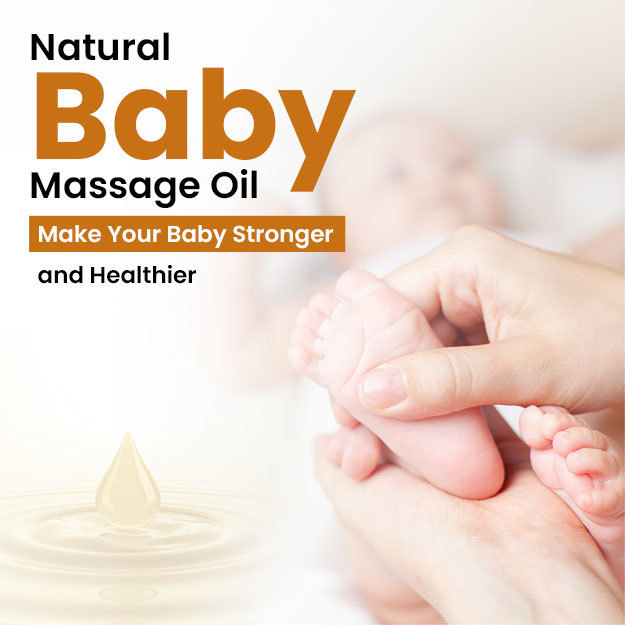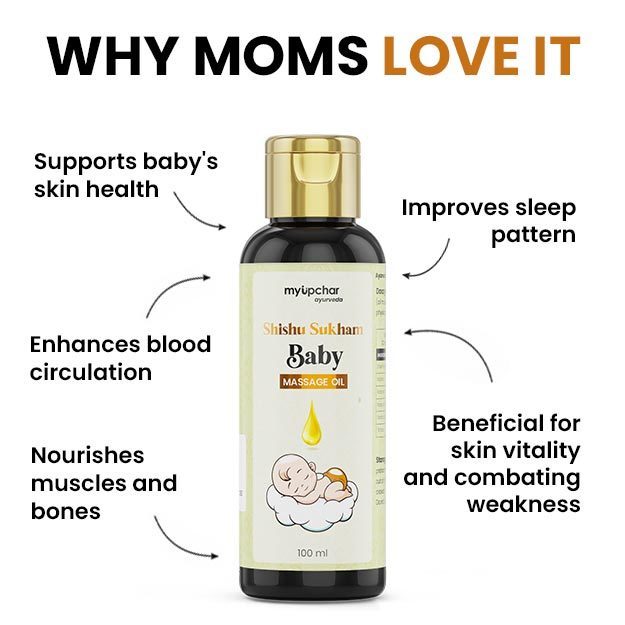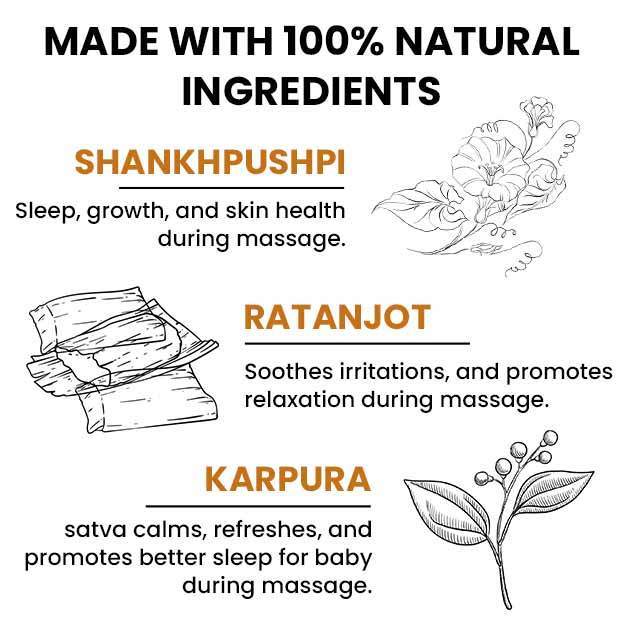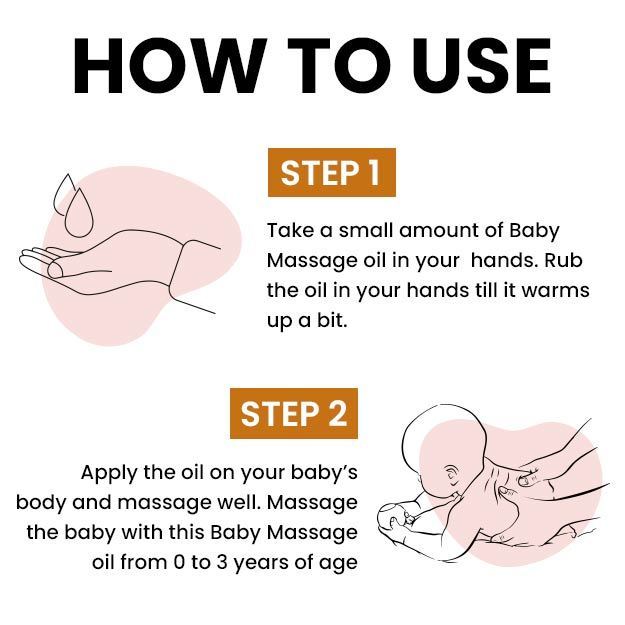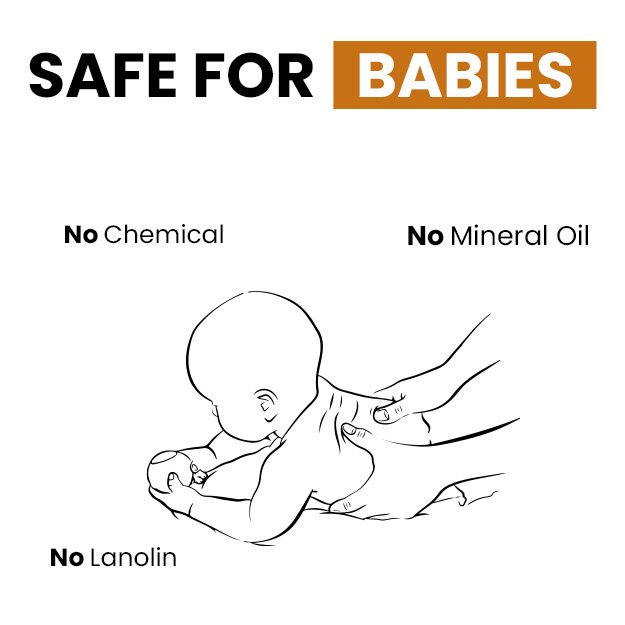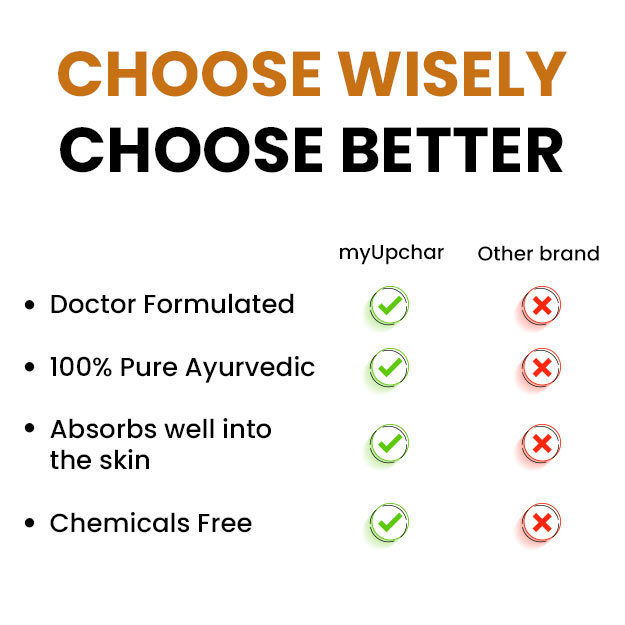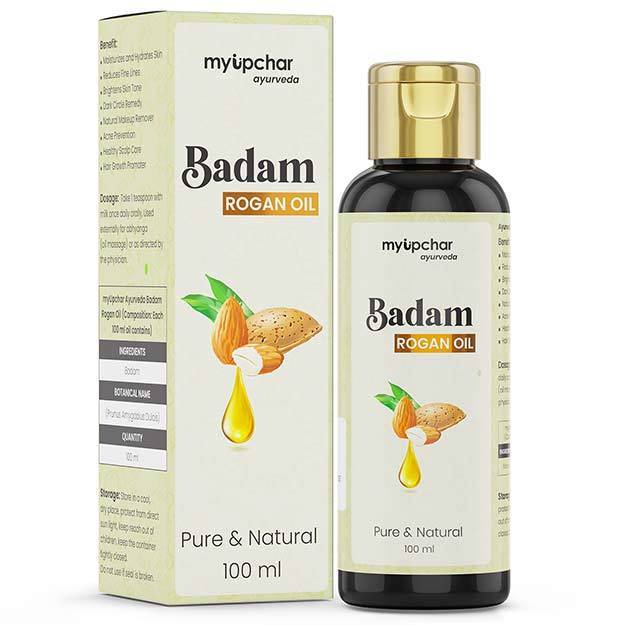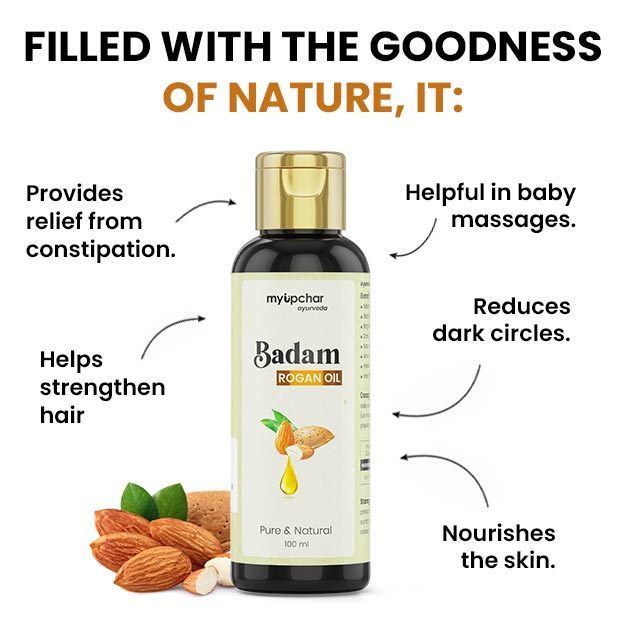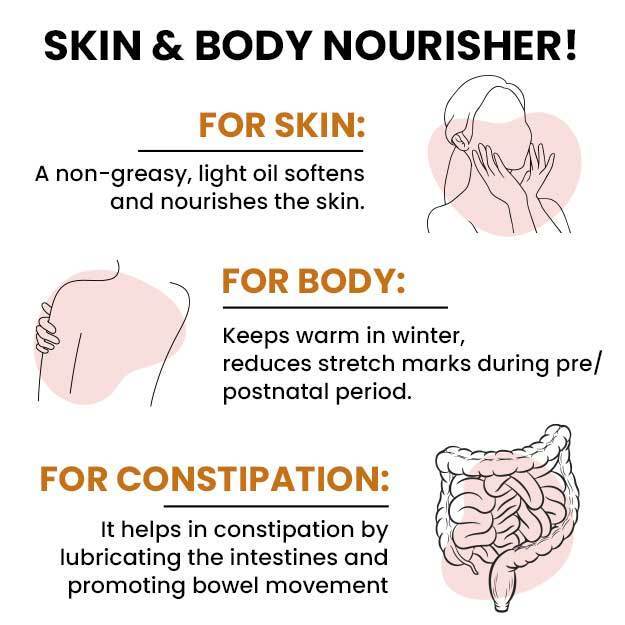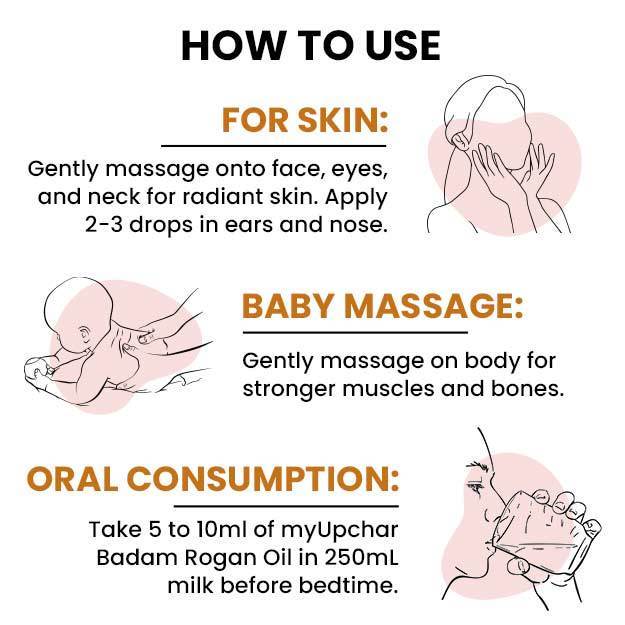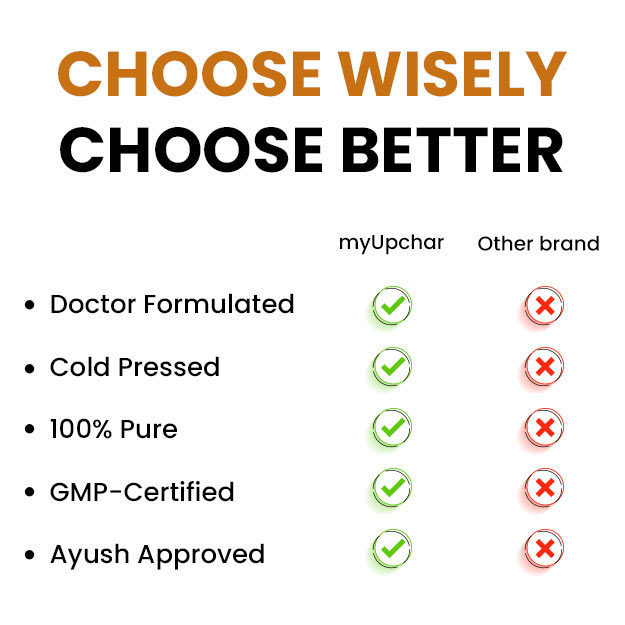“When you hold your baby in your arms for the first time, and you think of all the things you can say and do to influence him, it’s a tremendous responsibility. What you do with him can influence not only him, but everyone he meets and not for a day or a month or a year but for time and eternity.”- Rose Kennedy, mother to the 35th American President John F. Kennedy
A mother carries her child in her womb for nine months and waits anxiously for that magical moment to arrive when she will be able to hold her child in her arms. The first few minutes after a baby’s birth are magical as parents get to count the baby’s tiny fingers and toes and feel blessed and amazed at the same time.





